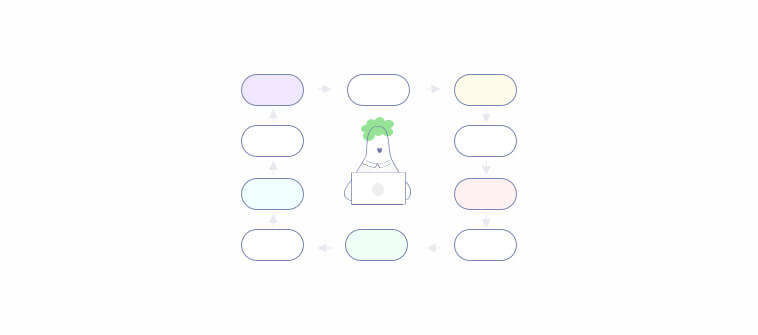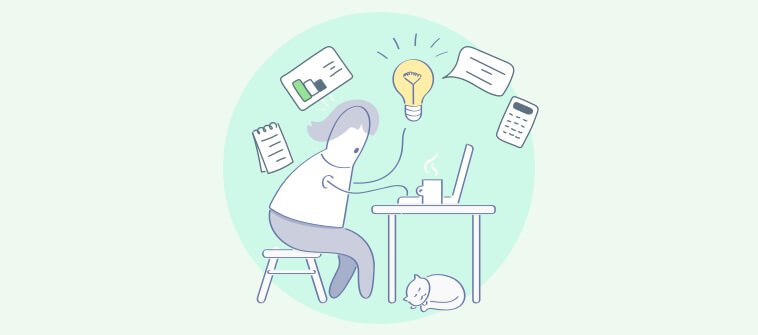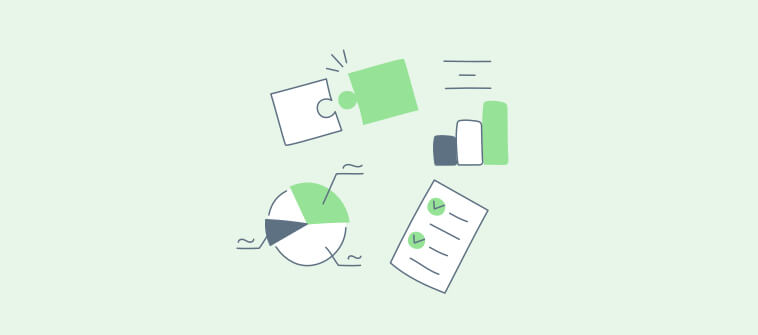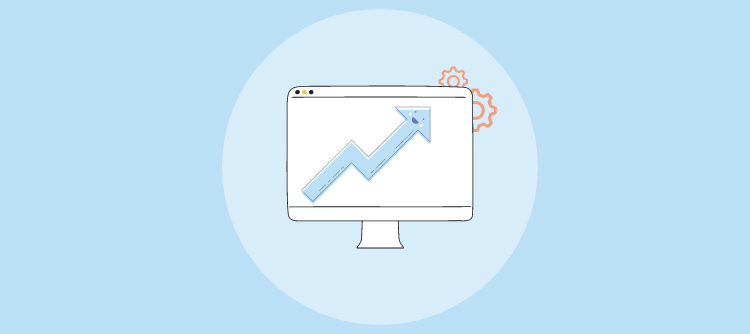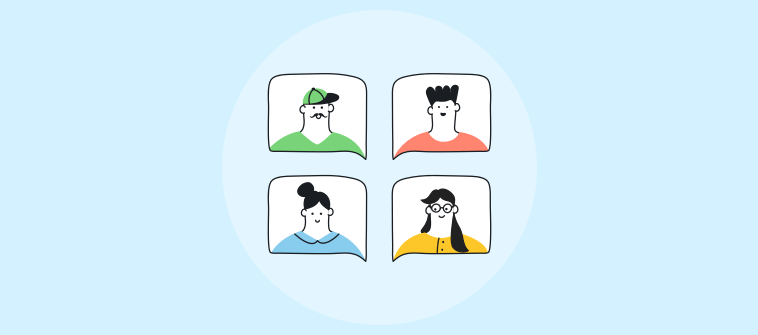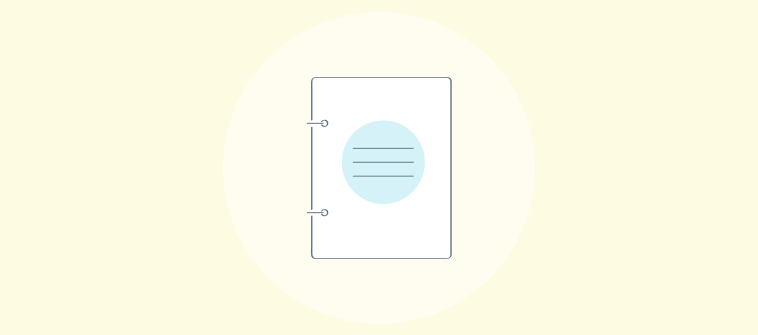No matter what type of job you have, productivity is essential to your success. Accomplishing more work in less time helps you stay on top of things throughout the day and makes you more likely to earn more. However, staying productive is often easier said than done. You may set out to have a genuinely efficient workday, only to discover later in the evening that you hardly managed to make a dent in your to-do list.
If you’ve been struggling to boost your personal productivity to no avail, then this article will definitely come in handy. While I don’t think there’s one-size-fits-all when it comes to productivity, I personally saw a significant improvement since I started using these hacks. The catch is, they are not all just work-related. Sometimes what you do off work impacts your productivity as well.
So here’s what worked for me.
- Getting a Good Night’s Sleep Regularly
- Always Making The Bed In The Morning
- Changing Into Work Clothes After Breakfast
- Preparing Lunches on Sunday For The Week
- Doing a Digital Detox Regularly
- Organizing My Work Schedule by Energy Levels
- Creating a Bird’s Eye View of The Next 3-6 Months
- Using Only One Tool for Task Management
- Planning Ahead at Least a Week in Advance
- Allocating Time for Specific Actions in your Task Management App
- Saving Time in the Calendar for the “Unpredictable”
- Tackling Similar Tasks All At Once
- Batching Meetings
- Having a Meetings-Free Day
- Scheduling Breaks Between Flow-State Tasks
- Labeling Emails’ Subject Lines to Better Organize Your Inbox
- Designating a Computer for Work Only
- Setting a Time Limit to Your Work Day
- Getting Inspiration From the Best Productivity Books Out There
1. Getting a Good Night’s Sleep Regularly
Sleep is vital to nearly every aspect of your health and well-being. When it comes to productivity, research has shown that after one night of no sleep, the number of attention lapses increases by up to 400%.
By getting the rest you need every night, you can improve your concentration, stave off fatigue, enjoy a more positive mood and even keep your diet on the more healthy side. Each of these benefits can help you stay focused on your work and maintain higher energy levels throughout the day.
At the start of the pandemic in 2020, I had a lot of trouble sleeping. Some nights I’d get less than 3 hours of sleep. As the stress of the pandemic lessened, my sleeping routine improved, and so did my productivity. But this problem had me research the relationship between sleep routines and productivity and how to improve the former.
The most valuable lesson I learned was that everyone’s definition of a good night’s sleep is different, which is why you need to determine what works best for you. This chronotype quiz developed by Michael Breus, Ph.D. can help you determine which type of sleep category you fall into and how you can organize your day to fit your style best. For me, learning that I was a Dolphin was a big game-changer.
2. Always Making The Bed In The Morning
“If you want to change the world, start off by making your bed”.
This is a memorable line from an even more memorable commencement address from a former Navy Seal Admiral. His number one lesson in life: start your day with a small accomplishment by making your bed.
I grew up with this habit but never gave it much importance. Since I watched the video, I’ve been more conscious about making sure I do it every day because it matters.
It takes a minute or less, it’s a simple task, and it puts you in the mindset of getting things done. One small thing at a time, you’ll accomplish more every day.
3. Changing Into Work Clothes After Breakfast
If you work from home, it’s essential to trigger a mental shift into your workday every morning. One of the best ways to do this is by changing into professional clothing as soon as you’re ready to start your day.
After breakfast each morning, I usually pick out an outfit that would be a bit more “formal” than my comfy leggings and t-shirt. I know this might not be everyone’s cup of tea, but I found myself to be a lot more alert and focused when I’m in my “office” outfit.
4. Preparing Lunches on Sunday For The Week
I love cooking! But even for someone who enjoys the process, cooking every day at lunchtime can be a burden. So if you’re someone who likes to have a good, healthy meal, really quickly, consider spending one-hour cooking on Sunday to prepare lunches for the rest of the week.
One hour of cooking during the weekend can save you three hours during the week that you would spend preparing lunch.
It takes a bit of work in meal prepping, but fortunately, there are many resources out there to get started. My favorite meal plan channel is Frugal Fit Mom.
What’s even more valuable is that by deciding what to eat during the weekend, you free yourself from the stress of decision-making during the workweek. Generally speaking, the fewer decisions you have to make daily, the less you’ll suffer from decision fatigue. This frees up more headspace that you can use to focus on work.
5. Doing a Digital Detox on a Regular Basis
Zoom fatigue is accurate, and so is burnout. If you’re starting to feel exhausted, irritable, or unable to concentrate, take a break before burnout turns into bigger health issues. Not only will you feel better afterward a break, but you’ll also be better prepared to take on essential tasks.
So make sure you have a no-technology routine in your schedule, whether that’s weekly or daily. Take a walk in the park and “forget” your phone at home or read a book. My daily “hack” is to have meals with no TV phone and enjoy the food and the conversation.
6. Organizing My Work Schedule by Energy Levels
Your energy levels naturally fluctuate as the day goes on. To get the most out of the energy you have, it’s crucial to organize your work schedule according to how you feel. For example, if you experience peak energy in the morning, make a point to tackle your deep-work tasks first thing in the morning. By doing your most intensive work when your energy levels are at an all-time high, you’ll be much more likely to stay focused from start to finish without getting distracted.
Sometimes it can be difficult to batch your schedule in such a clean way, primarily if you work at a large organization. But even small steps can have a considerable impact on your productivity. My colleague and co-founder of Omniscient Digital, Alex Birkett follows the idea of the “Creative Sweet Spot” to make sure he gets at least one productive bout when his energy level is highest:
“David Kadavy’s book “Mind Management Not Time Management” was a game-changer for me. He talks about the idea of the ‘creative sweet spot,’ a time usually in the morning where you’re most likely to produce generative and innovative work. Now, I block this time off and guard it with my life. The first thing I do when I wake up — before coffee and walking my dog — is write three pages. This ensures that, no matter how many meetings I have later, I’ve won the day, creatively-speaking.”
7. Creating a Bird’s Eye View of The Next 3-6 Months
It’s important to know where you’re headed, what your biggest goals for the following period. That will give you direction and prioritize and say ‘no’ to things you can’t do right now. It’s hard, and I’m constantly working on this.
What worked for me was to have all my projects, current and upcoming, in one dashboard. You can try a lot of tools, starting with ProProfs Project, for high-level project management.
Whatever tool you chose, I suggest using it to have a list of “backlog” ideas, a list of “doing” and one for “done”. This is a simplified time management and productivity system, and it works great to get stuff out of your head and in a planner.
8. Using Only One Tool for Task Management
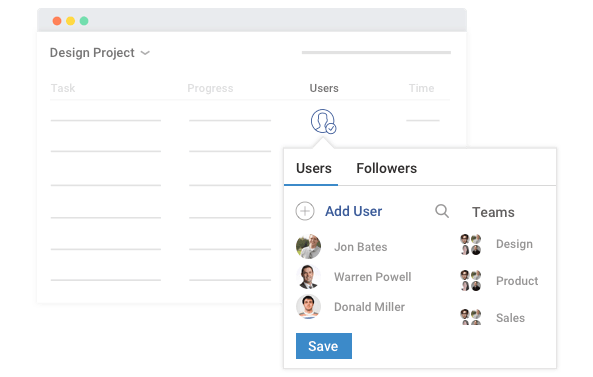
Once you have your bird’s eye view, it’s time to create a task list and schedule work.
In 2020, the average enterprise used 288 SaaS applications company-wide. With so many personal productivity tools available, it’s easy to go through dozens of tools without committing to a single one.
If you often find yourself scribbling down tasks on three different apps, discarded napkins, or Post-It notes, you probably don’t hold on to these notes for long. A more effective way to keep track of your to-do list is to use one online task management tool.
Whichever tool you chose, using only one will allow you to organize all of your specific tasks in a single place so that you can access them at any time.
9. Planning Ahead at Least for the Next Day
The more you plan ahead, the less time you’ll have to spend making last-minute decisions.
Take one hour on Friday before you close the week to review your important tasks and plan for next week. It shouldn’t take more than 30 minutes once you get into a weekly rhythm of planning. This will ensure that you focus solely on the priorities and avoid distractions.
10. Allocating Time for Specific Actions in your Task Management App
A mistake I used to make often was to plan tasks without allocating a time slot for them. Sounds familiar?
Basically, I wasn’t planning my day considering how long it would take me to do X, Y, Z. 99% of the time, I’d realize I tried to do too many things in a short amount of time. I’d often finish a day feeling like I haven’t accomplished everything I wanted.
Allocating a specific time for each task was a game-changer for me. When organizing your workday, be sure to make your actions as specific as possible. Instead of vague descriptions like “work on project,” describe the specific type of project you’re working on and include a list of steps that you need to take to complete the task. Then, be realistic when estimating how long it will take. Giving yourself a clear sense of direction when creating your to-do list will empower you to avoid procrastination and increase productivity.
11. Saving Time in the Calendar for the “Unpredictable”
Oftentimes, people fill up their calendars with back-to-back tasks. However, this strategy backfires the vast majority of the time. Life is full of unpredictable situations, whether you have to contend with a last-minute plumbing emergency at home or an unexpected meeting that your manager sprung on you at work.
Because you don’t know what the day will have in store for you, be sure to leave enough open space in your calendar to accommodate the unexpected. This means scheduling a reasonable amount of tasks per day and leaving 1-2 hours to respond to unplanned events.
12. Avoiding Multitasking
My worst day would be easily described as scattered between meetings and short batches of heads-down time. I can barely do anything in a 30 minutes window between meetings. For a long time, I thought it was just me, but it turns out it’s a common productivity issue.
The author of Brain Rules says that switching between different tasks, like meetings and emails, can make projects take up to 50% longer to complete. The solution to this is to focus on a single batch of similar tasks.
Since learning that batching makes me more productive, I always work on similar tasks, one at a time. For example, I reply to all emails in one hour or review articles, all in one block. Then, take a 10-15 minutes break between each batch or slot.
13. Batching Meetings
Of all the tasks, phone calls and meetings drain me the most. If I leave them scattered in my calendar, I have trouble focusing on deep-work between them. That’s why I find it works best to batch all meetings into blocks every day.
If you’re struggling with the back-and-forth emails of organizing your meetings, check out this list of scheduling tools. Whatever tool you pick, make sure you only leave certain blocks open for people to book time with you. That way you’re in control of your schedule and your productivity.
14. Having a Meetings-Free Day
If you want to book a meeting with me, you’ll see that you can never book time with me on a Friday. I blocked that day in my HubSpot Meetings calendar.
There are two reasons for doing this. For one, I’m more of an introvert, and for me, meetings are energy draining. I thrive in my Gmail more than in a Zoom meeting. The other reason is that my energy is fairly low at the end of the week, so I focus on deep work to keep productive. I document processes, plan ahead or write.
Having a meetings-free day at the end of the week actually levels my productivity. Other colleagues of mine chose to keep their meeting-free day in the middle of the week. They save time for deep-work when their energy is at its peak.
15. Scheduling Breaks Between Flow-State Tasks
When you come out of your “flow state,” it can be difficult to switch gears right away. To keep yourself from losing momentum, be sure to schedule breaks in between each of your flow-state tasks.
16. Labeling Emails’ Subject Lines to Better Organize Your Inbox
A tangle of emails in your inbox can quickly become overwhelming. The solution can be a common agreement with your colleagues to label emails depending on the goal:
- Action required
- FYI/Just Informational
- Feedback Needed
- Decision Needed
By organizing each message with an unambiguous, actionable subject line, you give your coworkers or employees a clear idea of your intention in sending the email. Plus, this will help you as well organize your inbox.
Alternatively, you can create Gmail rules to bucket emails based on specific keywords like “feedback” or “proposal”. The key here is to declutter your inbox and bucket-specific tasks (emails) by type so you can tackle them all at once (see hack #12).
17. Designating a Work-Only Computer
Setting boundaries between your work life and personal life is crucial, primarily if you work from home. To keep these two worlds from blending together, be sure to designate a computer solely for work purposes. When you want to scroll through social media or watch YouTube videos, limit these activities to your phone, tablet, or a separate computer. The physical separation between the two devices helps create a psychological barrier between your work and home life.
18. Having a Set Time For the End of the Day
One of the biggest pitfalls of working from home is burnout. Because you never truly leave your home office, it can be tempting to work late into the evening to get more things done.
However, this habit often leads to increased levels of stress and anxiety.
The best way to reduce the risk of burnout is to set a time limit to your workday and stick to it. Set the alarm on your phone or on your smartwatch to remind you when you have 30 minutes before your workday ends. Use that half an hour to wrap up the day. This will ensure that you only work for as long as you need to and still have enough time to yourself.
19. Getting Inspiration From the Best Productivity Books Out There
It’s been years since I started learning about productivity, and there’s still a lot to learn. There’s work to be done for each stage of your progress, and that’s a good thing.
If you’re dedicated to your journey towards personal productivity, there are plenty of inspiring books out there that can help nourish your goals. Some examples of popular reads I’d recommend:
- Atomic Habits by James Clear
- Getting Things Done by David Allen
- The 7 Habits of Highly Effective People by Stephen Covey
- 4 Hour Work Week by Tim Ferriss
- Work-from-Home Hacks: 500+ Easy Ways to Get Organized by Aja Frost
There are also plenty of Podcasts and short blog posts if you want gems or quick hacks. It’s all about getting started somewhere.
Final thoughts
Working on your personal productivity can do wonders for your overall success at work. By following these simple steps, you can make your goal of becoming more productive a reality.
Remember to start small and take it one step at a time, and you’ll soon find that taking control of your workday is much more achievable than you ever thought.
FREE. All Features. FOREVER!
Try our Forever FREE account with all premium features!
